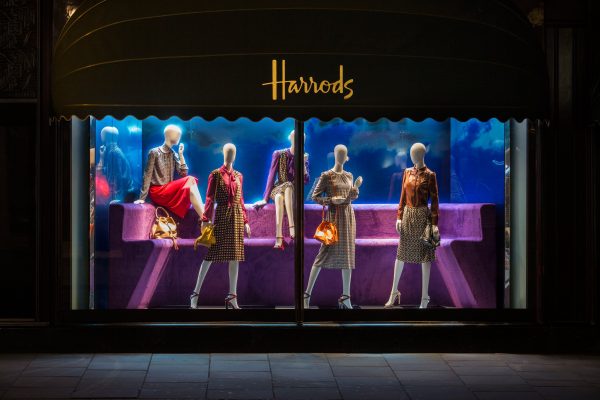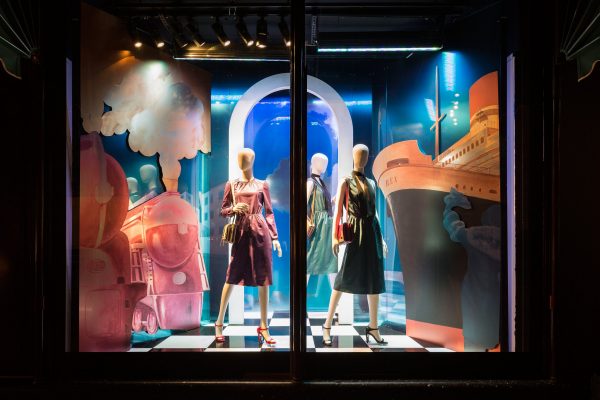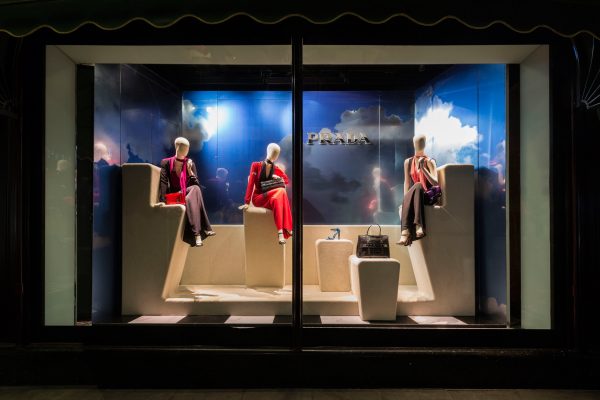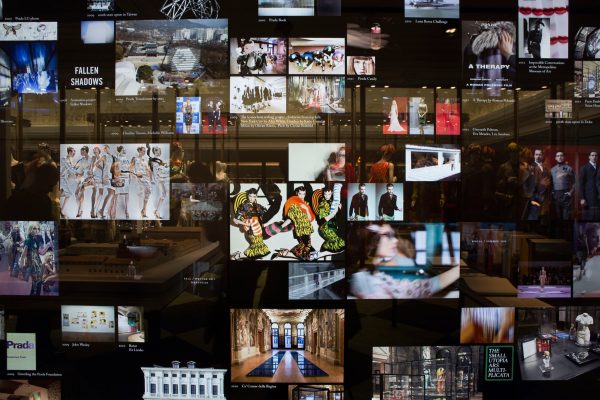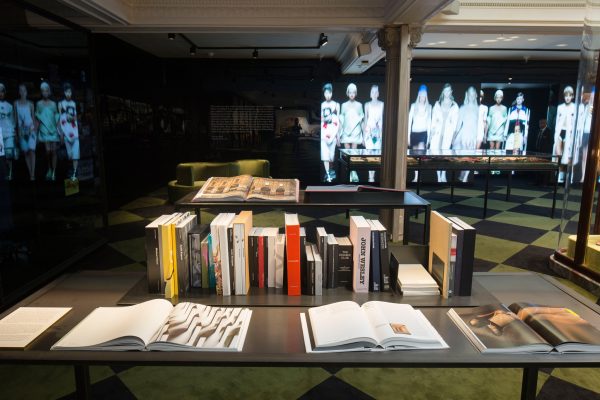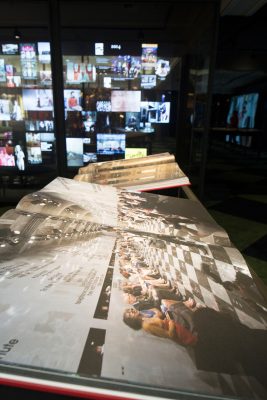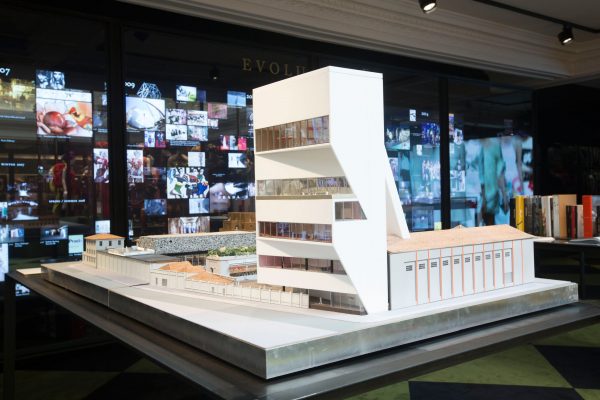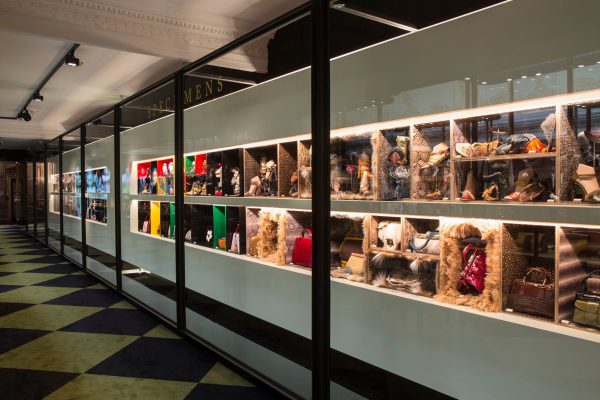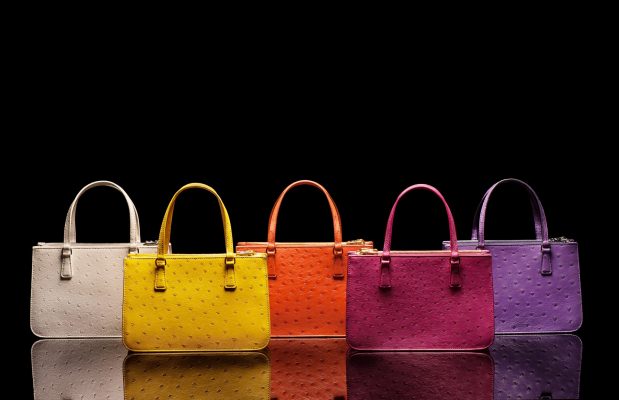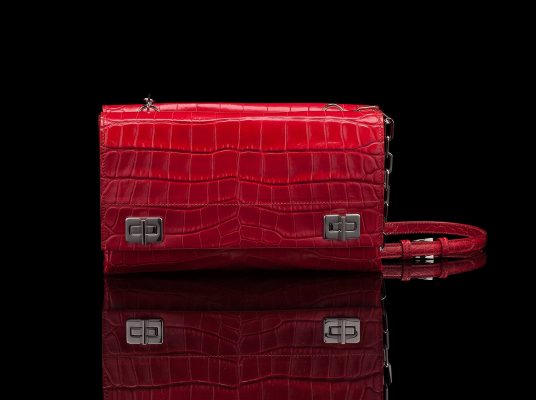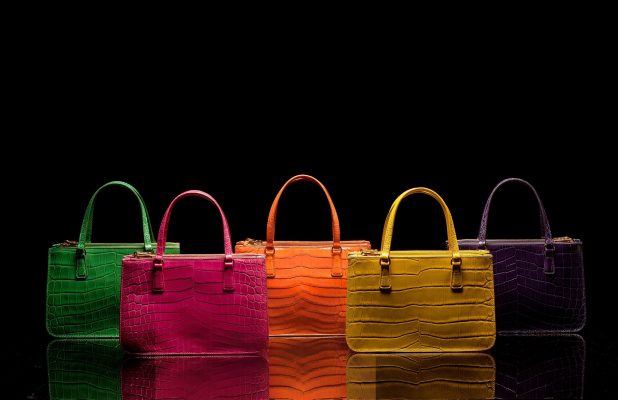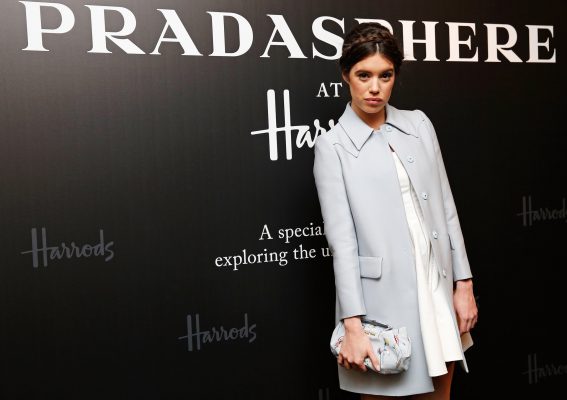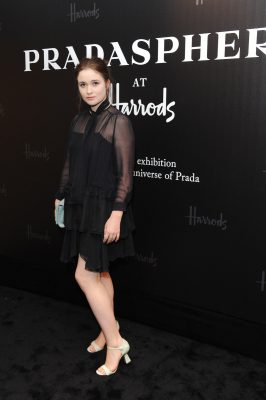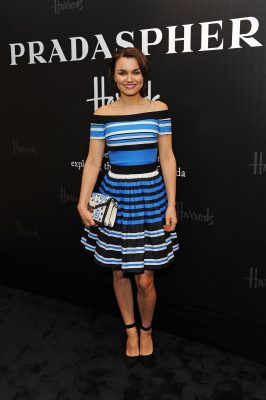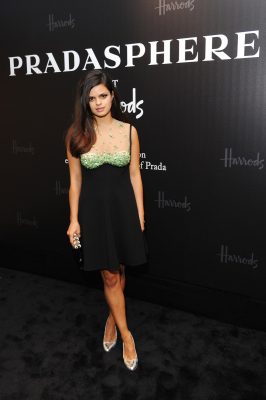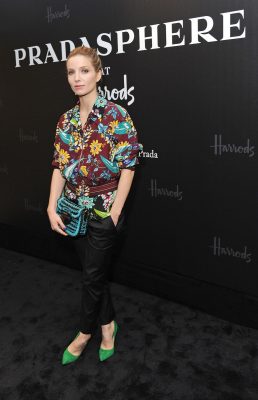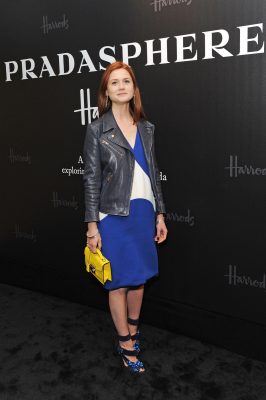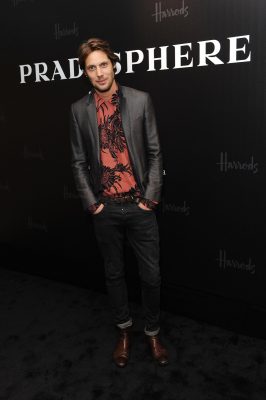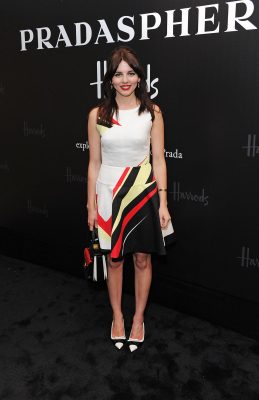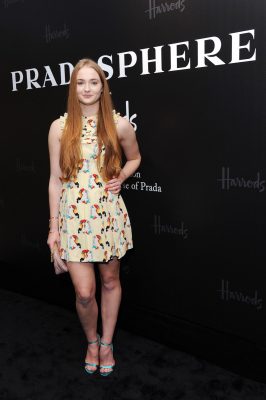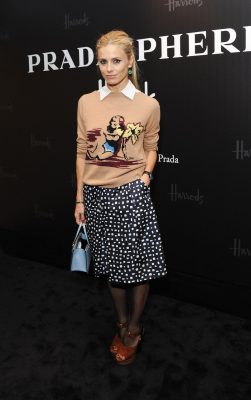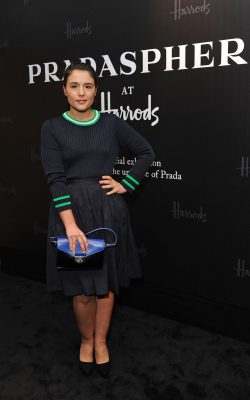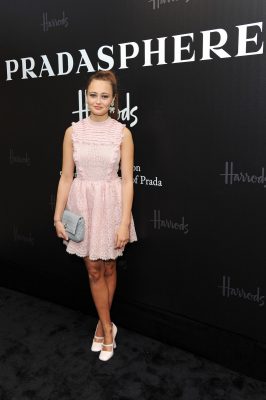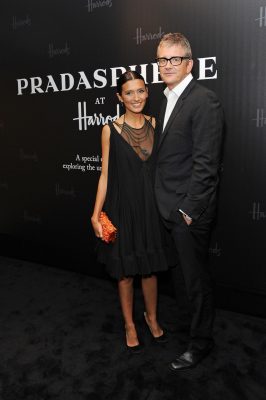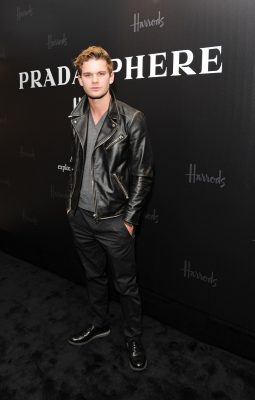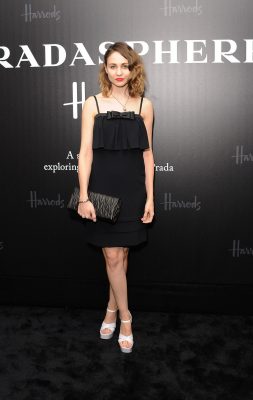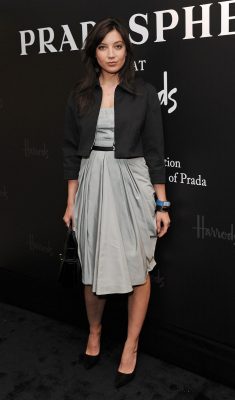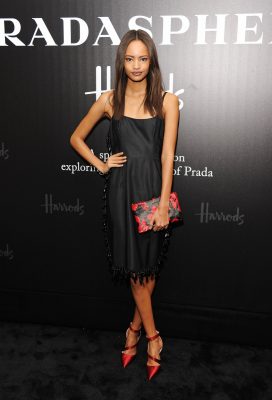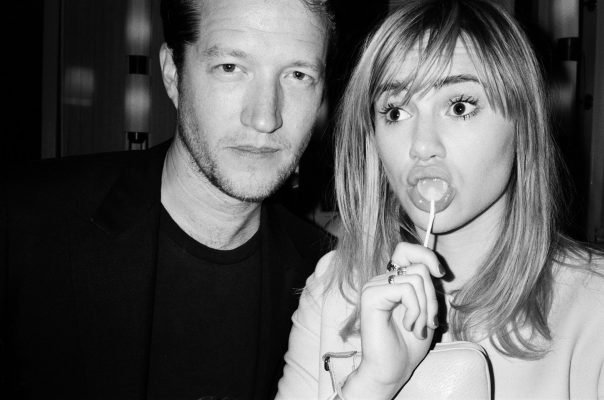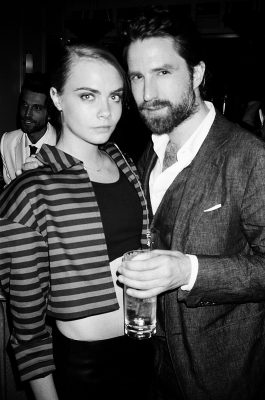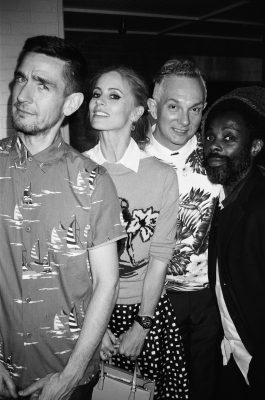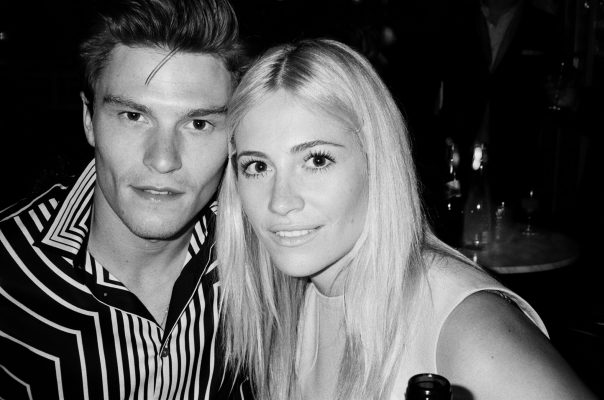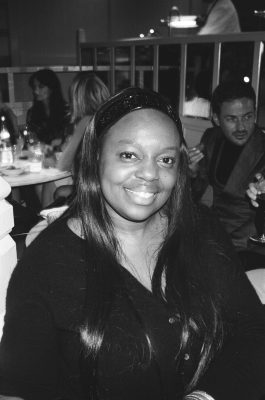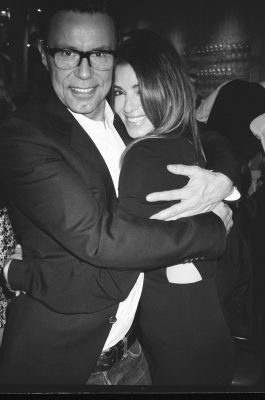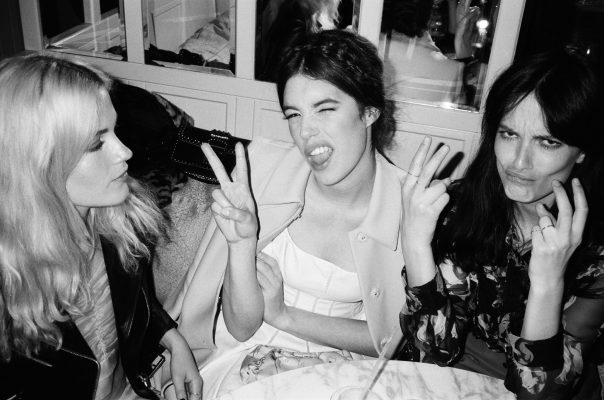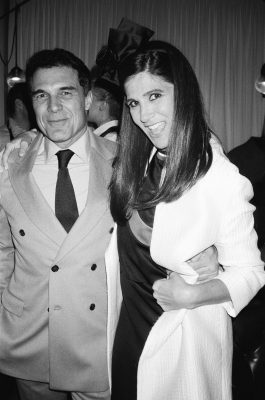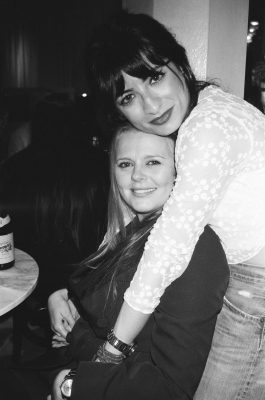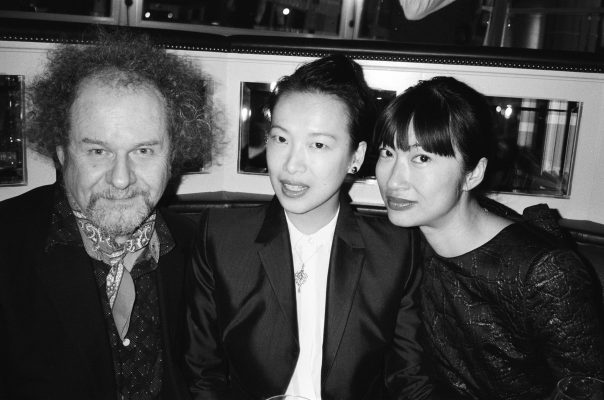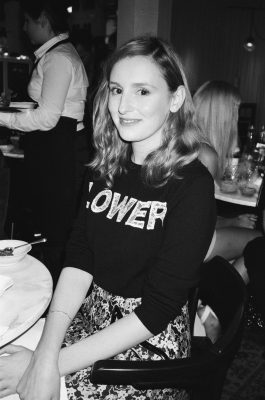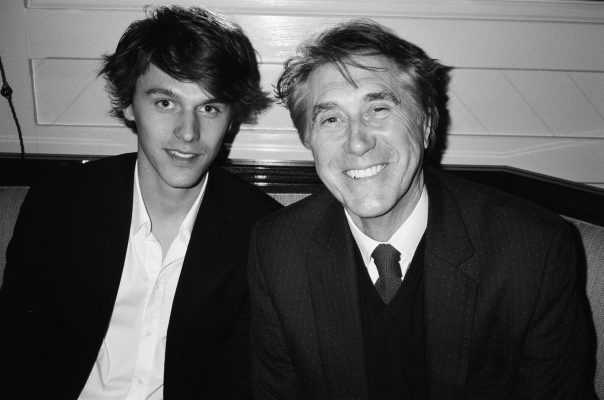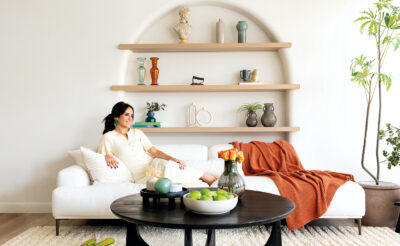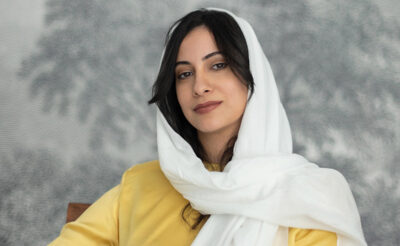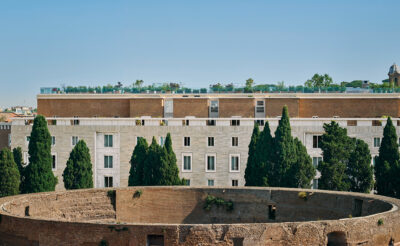For this month’s Artist in Exhibition, Polly Sweet takes a special look at Miuccia Prada’s input in the art world as highlighted through this year's Pradasphere exhibition in London.
London in the Spring – a colourful, floral, often wet affair, but without doubt one of the loveliest times of the year to be in the British capital.
It was during this time of reawakening and re-emergence that the city chose to showcase the extraordinary talents of Miuccia Prada. Harrods – arguably the world’s most famous fashion department store – became the canvas upon which Mrs. Prada and her eponymous brand were allowed to let their imaginations run free. Much of the interior of the store became an ode to the fashion house, with large chunks of it – including 40 of its window displays, 430 square feet of its Ground floor and most of its Fourth floor – engulfed by the diminutive matriarch.
As was perhaps expected of the brand, this was no ordinary fashion pop up. The purpose was not simply to flog as many Bowling bags and brogues as possible over the course of four weeks, but to showcase the house’s multiple interests – namely Art, Architecture, Film and Culture besides the more obvious Fashion and Accessories. The month-long event became a reminder of the consistent dominance of Prada in fashion’s ever-changing, ever-burgeoning industry as well as an exhibition of the house’s wares and inspirations.
Mrs. Prada’s involvement in the world of Art is well documented. As well as being one of the industry’s most celebrated and venerated fashion designers, she and her husband, Prada CEO Patrizio Bertelli, are two of Italy’s most important contemporary Art collectors (although she doesn’t like the concept of a collector – ‘I don’t like the idea of being a collector at all. Art is about learning and about living with people. It’s alive. Collecting is a little bit dead’.) Their apartment in Milan, the very same one where ‘Miu Miu’ as she is nicknamed was born in 1949, houses several important artists of the last century including Lucio Fontana and Blinky Palermo. But it is through the Fondazione Prada, established in 1995, that Prada and her husband really demonstrate their appreciation of modern Art and through which they work tirelessly to promote new talent. To date, artists exhibiting through the Fondazione have included Louise Bourgeois, Sam Taylor Wood, Anish Kapoor, Dan Flavin and Carsten Holler from whom Mrs. Prada acquired the futuristic looking slide that emerges from her offices at the Prada Headquarters in Milan and which she often uses as a means of escape at the end of a particularly long and tiresome day. It was only natural therefore that the Harrods event should take on the guise of an art exhibition, complete with museum-quality pieces.
For Prada, there is no distinction between a beautiful blouse as Art and a beautiful blouse as Fashion. As she has previously said, ‘What interests me most is when a work of art is no longer just an object, but also touches reality and life’ and throughout the exhibition it was hard to tell where Art began and Fashion ended. ‘Welcome to the Pradasphere, a collection of remarkable objects arranged to reveal our complex, often intertwined, obsessions as manifest in everything from fashion and accessories to art, architecture, film and culture.’
‘It is also an unabashed celebration of exquisite materiality and craftsmanship, a paean to the rare and the finely wrought, and a whole-hearted endorsement of the stylistic iconoclast’, read the placard positioned just outside the lifts on Harrods’ Fourth floor. Behind it, six towering glass displays were filled with a selection of pieces from past collections, each one carefully elected to demonstrate the concepts inherent to Prada and which can apparently be found season after season – namely Beauty, Taste, Embellishment, Gender, Vanity and Power. These qualities, believes Mrs. Prada, are not only central to her brand and to the world of Fashion as a whole, but can be found in whatever artistic metier one might choose as a form of expression – hence her involvement in all of them.
In 2001, Prada added Architecture to her list of extracurricular activities by employing OMA/AMO’s Rem Koolhaas to design her latest store. The result was the Prada Epicentre in New York, which made waves – quite literally – when it was first revealed. Spread across 23,000 square feet, the boutique centres around a wave that extends into the basement and acts as a display area, seating and a performance arena. Such was the success of the project that Prada has since collaborated with Koolhaas on numerous other stores including the Prada Epicentre in Los Angeles, opened in 2004, and the Prada Transformer in Seoul which occurred in 2008, a multi-faceted temporary structure that was flipped over by four cranes every few weeks to enable customers to access a new part of the boutique. As she has said herself, ‘I always wanted to be different. I always wanted to be first’ and never was this ambition more fully realised than when she brought to the world’s attention the synergy between Architecture and Fashion.
Back at the Pradasphere, Mrs. Prada’s interest in Architecture was clearly in evidence. Beside the main room stood a sumptuously decorated private lounge, a sharp contrast to the more monochromatic central exhibition hall and a reminder of Prada’s ability to mesh wildly different styles so very effortlessly. Her love of Film was also apparent, with short films by her favourite directors including Roman Polanski, Wes Anderson and Yang Fudong played on a continuous loop; Culture was celebrated through a digital and physical library, which contained the tomes and publications held so dearly by the house and its director; Food, through the installation of a temporary Marchesi Café, part-owned by Prada and an institution in her native Milan; and finally some of her lesser known, perhaps more exotic projects including the two Luna Rossa yachts were featured through a giant wall which charted all of Prada’s alternative interests. Even sprawled across the exhibition as it was it only just about managed to include Mrs. Prada’s diverse range of hobbies.
Besides sending out subliminal messages, the Pradasphere was, as it promised ‘an unabashed celebration of exquisite materiality and craftsmanship’. The pieces within the imposing glass cases were simply magnificent and the array of Prada’s most iconic shoes and bags, displayed by theme and offset by reams of fabrics that had been unearthed from the house’s archives, were simply irresistible. Even if their intention had not been commercial, they inevitably sent visitors racing down the stairs to the pop up store on the Ground floor.
Maverick, innovator, true original – the terms used to describe Mrs Prada have been many. Little wonder that she is widely recognised as one of fashion’s most influential forces, although many would argue that she is the leading fashion authority. Despite the fact that she has now been at the helm of her family’s fashion house for over 30 years, this season Mrs Prada stunned again, leading one critic to describe her AW 14 offering as ‘one of (her) strongest outings in recent years. From those opening tailored jackets with added fuzz, to the jaunty prints, to the dresses, and bags – women everywhere will want a piece of this collection’. Michael Rock, curator of Pradasphere and founding partner of New York-based creative agency 2×4, which collaborated on the concept, sees Prada’s enduring appeal as almost formulaic – ‘I think that that ability to work on both (visceral and intellectual levels) is actually what distinguishes Miuccia Prada. Because intellectual would sound like the work is somehow dry or uncool or unapproachable, but I think her work is not that at all. It’s beautiful and sensual and sculptural in its own right’.
Regardless of the reasons for her enduring appeal, this Spring Mrs Prada was London’s boldest bloom. Perhaps by happy coincidence, she also found herself the object of admiration a little further down the road, at the majestic Victoria & Albert Museum, where The Glamour of Italian Fashion: 1945 – 2014 threw open its doors on April 5. For both exhibitions, fashion’s finest including Valentino Garavani, Domenico Dolce, Stefano Gabbana, Rosita and Angela Missoni, Silvia Fendi stood alongside Naomi Campbell, Sarah Burton and Christopher Kane at what were truly international (not to mention highly fashionable) occasion. United by an appreciation of the aesthetic, a reputation for a little daring and a common belief in the good life, it seemed that this Spring, Britain and Italy were in firm allegiance.
By Polly Sweet
